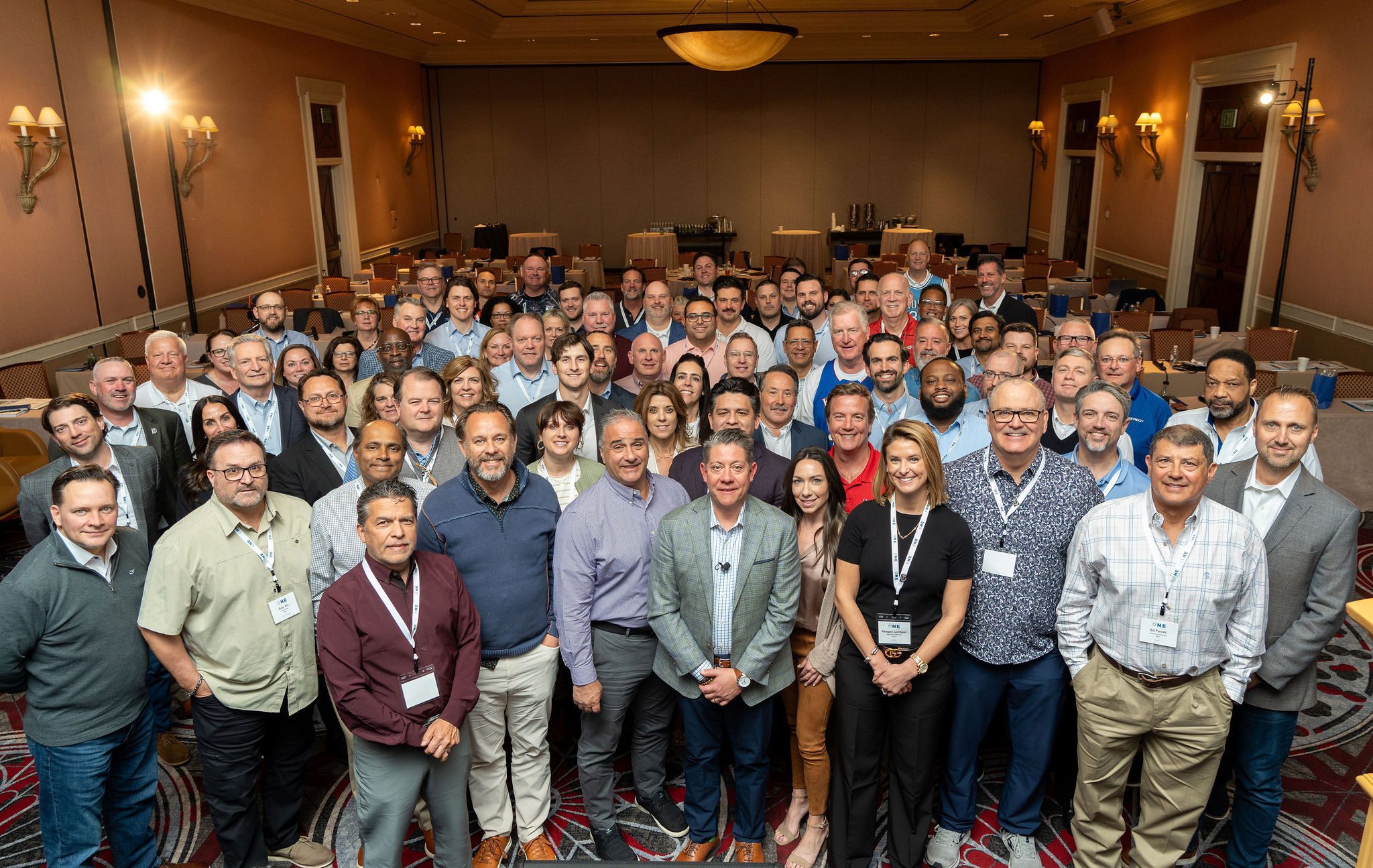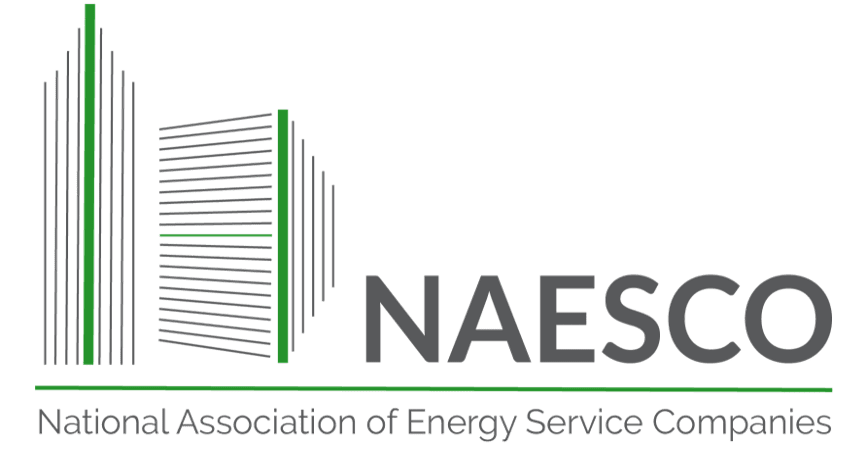What is Commissioning?
If you are exploring the U.S. Green Building Council’s (USGBC) LEED certification, net-zero energy, solar energy generation, or other sustainable building options for an existing building or a new project, you may have heard about commissioning. This sounds like a very general term but has a specific meaning in the construction world. When investing in sustainability and the energy security of your building, having a solid understanding of the various terms and processes involved will go a long way towards ensuring your project’s success. Here is a common definition of Commissioning:
Commissioning (Cx) is a quality-assurance process for achieving, verifying, and documenting that the performance of facilities, systems, and assemblies meet the project owners’ documented objectives and criteria.
This quality-assurance process is essentially your way, as a building owner or project stakeholder, of ensuring that your project meets your desired requirements and is as sustainable and efficient as you need. This is particularly important when attempting to attain a green building certification such as LEED, zero net energy, or carbon neutral. However, any major project needs commissioning to ensure that the quality control efforts of the designers and contractors are carried out and quantitative, objective testing is performed. Other types of commissioning beyond new construction commissioning include Monitoring-based Commissioning, Continuous Commissioning (AKA ongoing commissioning), Recommissioning and Retro-commissioning (AKA Existing Building Commissioning), but these are outside the scope of this writeup.
Who is involved in Commissioning?
Designers are the architecture and engineering professionals that decide how a building is to be constructed and how a proposed system will be integrated into the building. The contractors are the workers doing the actual physical construction: pouring concrete, wiring new system controls, installing new heat exchange components, etc. The commissioning provider (abbreviated as CxP) is a third party, independent of the contractor and building owner, who oversees the commissioning process and advises the owner on issues involving the long-term performance and maintainability of the systems.
What Commissioning is not
The most misunderstood aspect of Cx is that it is something that happens at the end of a project. In fact, ideally, the CxP is hired very early in the project lifecycle, sometimes before the architect, and develops the cornerstone document of the Cx process; the Owner’s Project Requirements. The CxP is then involved throughout the pre-design, design, construction, acceptance and post-occupancy phases. Many people think of Cx as the testing that occurs during the acceptance phase at the end of construction. This is a critical step, but only one element of the overall process.
Why is commissioning important? Do I need it for my project?
Commissioning is an important part of any construction project. Cx typically addresses building systems that are required to be commissioned by LEED such as new or upgraded mechanical, electrical, plumbing, controls systems, or renewable energy, but can also include low voltage systems such as security and even the building envelope. In other words, any project, especially a new building or a renovation of an existing building that involves heating, cooling, electricity or water, should include a commissioning provider. Assuming that projects are properly designed and installed and are working efficiently is a common mistake that can increase the project’s lifetime costs. It is the role of a commissioning provider to minimize these costly and time-consuming issues.
The fundamental purpose of commissioning is to ensure an owner ends up with a building or system that meets their functional needs. Think of your commissioning provider as an experienced technical advisor and independent advocate whose primary interest is your project’s success. Collaboration early on in the process between the owner, designers, contractors and the commissioning provider, can help ensure your project runs more smoothly and has a better chance of being completed on-time and on-budget. At Veregy, we recommend integrating your commissioning provider into the early planning and design stages of your project to help prevent costly setbacks later on.
Who and what is involved in commissioning?
If you have decided your project requires commissioning, there are a few basic players and components to understand going in:
- Owner – The principal initiator of the project. If you own or manage the building being built or renovated, this is you.
- Commissioning Provider – The owner’s commissioning consultant and the leader of the Commissioning Team.
- Designers – The architects and engineers who are tasked with planning the new systems and designing how they fit together.
- General Contractor – The company hired by the owner to physically build the new building and/or systems. They often employ subcontractors for specific trade tasks and duties.
- Commissioning Team – Building commissioning is most effective when performed by a close-knit team that together owns the entire process and its outcome. This team includes representatives of the owner, designers, contractors, and the commissioning provider.
- Commissioning Coordinator – This position is provided by the general contractor and is essential to facilitating the commissioning process within the construction team. Because a commissioning provider typically has no contractual authority to direct the scheduling and coordination of various subcontractors, this essential team member can direct the subcontractors due to contractual means. The Commissioning Coordinator provides for a more effective commissioning team through commissioning management partnerships with the CxP and the Owner’s Cx Representative in order to oversee the integration of the commissioning plan in every phase of the project.
- Owner’s Project Requirements – This document is a record of common understandings of the owner’s functional requirements. Basically, this document provides assurance that the design team clearly understands the owner’s project objectives from the start. The document describes the functional requirements for the project and includes design goals and measurable success criteria. The design team then develops the Basis of Design and schematic level designs to communicate how their design will satisfy the owner’s requirements.
- Commissioning Process Plan – A written plan written by the commissioning provider, which, along with the commissioning specifications, clearly defines the roles and responsibilities of the Cx team members and explains the Cx process. Each group involved in the commissioning team is asked to review the initial plan and specifications to verify that their role is consistent with their contractual obligations. This initial, or, “working draft” makes commissioning easier to understand for both the designers and the contractor.
How does a commissioning team work?
Now that you know the primary roles and documents involved, let’s talk about how they work together to deliver new building systems that meet your needs and expectations as a building owner. A properly commissioned project requires following project management fundamentals related to leading, planning, scheduling, coordinating and managing effective communications with the commissioning team. The commissioning provider, who is accountable directly to the owner, provides the technical commissioning knowledge and oversight, while the commissioning coordinator manages the day-to-day activities of the subcontractors.
The designers and contractors provide quality control for the building systems according to the owners’ requirements, while the commissioning provider provides technical review and quantitative functional testing as assurance that the contract documents are met. Cross-team reviews help to minimize risks for the designers, and close collaboration throughout construction ensures correct operation and fewer call-backs for the contractor. As a commissioning provider, Veregy fosters close cooperation between the owner, designers, and contractors, and clear communication of owner requirements, issues related to design and construction and Cx process status from the outset to project delivery. By performing systems testing and verification of objectives throughout the project in a rigorous manner, a commissioning provider can help avoid expensive re-designs and re-installations later in the process.
The integrated approach
Through years of commissioning experience, Veregy has developed a highly effective and professional approach that sets us apart in delivering high value and efficiency-driven results. This approach involves integrating the commissioning process in the earliest stages of the project. By collaborating with a commissioning provider and building an effective commissioning team from the start, you can reduce the occurrence of major project delays, cost overruns, disputes with contractors, and long-term system maintenance and performance issues. We have found that the key to successful commissioning lies in smoothly integrating the commissioning process into the overall project, rather than performing commissioning as a final step. Cooperative commissioning requires a clear plan for the design and construction teams that is consistently and fairly enforced.
We have a long history of successfully assisting clients implement a wide variety of projects and programs by focusing on four key areas:
- Leadership: Each of our projects has an assigned Project Manager who serves as the client’s single point of communication. The Project Manager is responsible for all facets of the project from project definition through contractor oversight and commissioning.
- Planning: Our past success is in large part due to our thorough planning process, which includes developing clear contract documentation and establishing firm project schedules. We also perform risk analyses and recommend strategies to mitigate our clients’ exposure to various risk elements.
- Execution: Once the plan is established, we organize and coordinate the required resources to implement the project. Throughout the project life-cycle, we consistently track progress against the plan to monitor and control performance.
- Communication: Veregy’s Project Managers provide frequent and timely assessment of project status to our clients. We maintain a proactive stance and position ourselves to mitigate minor project-related issues before they become serious obstacles. We require frequent project meetings to ensure proper coordination of contractor tasks.
Your project completed, on time, the first time
If you want your project completed properly and your new building systems to perform up to the specifications you put forth, consider Veregy as a commissioning provider. In addition to hiring architects, engineers, and contractors, you need an experienced advocate to help ensure technical project elements are done on time and meet your expectations. Whether you are simply upgrading your HVAC or adding solar panels, or installing a robust energy efficient system including a microgrid, cogeneration apparatus, and energy storage, you need a qualified commissioning professional. The benefits of LEED certification or zero net energy are well documented, but unless your building actually performs up to the level required by these aspirational goals, they are not much use. Contact the commissioning professionals at Veregy today to complete your project the right way, the first time.







